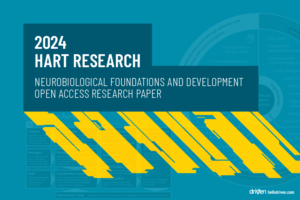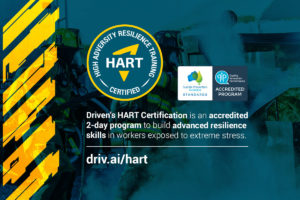Please note that client confidentiality has been protected via an alias name and that client permission has been granted for this case.
“In 2018, Diva attended my clinic for psychological intervention and therapy for her symptoms pertaining to OCD. She was 28 years old, a scientist by trade, and worked full time in a lab. She was getting married and, of late, her ritualistic behaviours had increased due to the stress of the wedding preparations. She had lived with anxiety as long as she can remember, and as she progressed through high school, she noticed that she relied on rituals to help her manage her distress. At first it was the “double-taps”, where every touch with her right hand needed to be balanced with a touch from her left hand.
Then this progressed to switches: lights and power points. It began with on-off-on with the left hand, and the duplicating this with the right hand. Diva found the clicking noise was soothing, so the clicking of the light switch very quickly increased from three clicks to eleven. Eleven was the number that felt safe. She replicated this with each hand. Twenty two. When anyone interrupted her counting, she needed to start again. Her dysregulation was overwhelming and her family knew not to interrupt her. This took effort and all her attention.
She would arrive early to her work lab, as she would have to lay out all her utensils for the morning program. There was a lot of equipment from googles to gloves to tweezers and petri dishes. Equipment was lined up and placed in order. This needed 90 minutes, so she would arrive nearly two hours earlier so she could start on time with the least amount of anxiety. Interestingly, her colleagues were very supportive and they even admired her clean workstation. They got used to the eleven clicks of the lights before leaving the building. The evening routine required the same amount of time. Diva was exhausted. Her partner was too.
I invited her to become curious about what might be happening in her mind...
Diva had been on anti-depressants for almost twelve months when we began working together and she was clear about the therapies which had not worked and was wanting an intervention which did not increase her distress, and to help achieve her goal of reducing the double-taps and the eleven clicks of switches for each hand.
The therapy began with no expectation to reduce her rituals. In fact, I invited her to become curious about what might be happening in her mind during the times she was calm and focussed and feeling balanced. Then we began to explore the neural sites of brain activation using the PR6 video modules, and I was drawing diagrams to help her locate the neural activation sites, and what might be happening in these sites in her brain. Her curious scientific mind then began to explore this information. There was lots of reading, highlighting, annotations and questions; many questions.
It was interesting that Diva created her own treatment plan around her behaviours as she could describe in summary what was happening during her double-taps. She could describe the reward pathways in the brain, the ventral tegmental area, the dopamine reward, the small looped thinking in the Limbic Area and how the mid-brain had been implicated in a fear-based thinking that was irrational and maladaptive. Diva’s understanding of her brain’s patterns and function, served as her motivation to make changes. Here we see the intervention as “Biology Before Behaviour” – when we understand the biology of our internal function, we can better address our behaviours which are merely the acting out of our internal states.
In using the PR6 Model, one would think that the domain of Composure was her main area of intervention; in fact, it was the domain of Vision and then Health. Diva created very simple goals around being better. What would she look like if she was better, what she could do if she was better and she described a mind of being both free and flexible. Then we worked on her health, and brought in some strengths-training that was both challenging and rigorous. This was a game-changer. All the while, there were no expectations that her rituals would decrease, but they did, as we introduced curiosity in an optimistic mind-frame and moved to some of the strategies in Tenacity. We welcomed humour, as much as we could find, and this was also being shared with her family.
Finally, there was work in the Composure domain. This was really hard work, as the self-regulation required her to focus on those behaviours that she relied upon to help her soothe her distress. There was considerable work in developing Emotional Differentiation and the vast emotional literacy that was needed to help her understand both her internal state and the external cues which triggered her.
...with new internal dialogue which leaned toward self-compassion rather than self-criticism.
It took eleven months of very hard work. Diva attended her wedding with no clicking of light switches, less visible double-taps which became more gentle and slower in motion, and with new internal dialogue which leaned toward self-compassion rather than self-criticism. When asked what helped her the most, she referenced her A3 journal where she wrote, drew and sketched, she completed homework, made lists and word associations and stuck in cut-outs of images that depicted freedom and clarity.
Diva led her own treatment and the PR6 model of neural resilience provided her with the content and insight required for her to reset her neurological pathways and make the necessary changes to live a more adaptive and happier life.”
Shared by Maria Ruberto, registered psychologist, as well as founder and director of Salutegenics. She is a qualified resilience coach who has taken Driven’s research to schools and clients and seen remarkable results.


